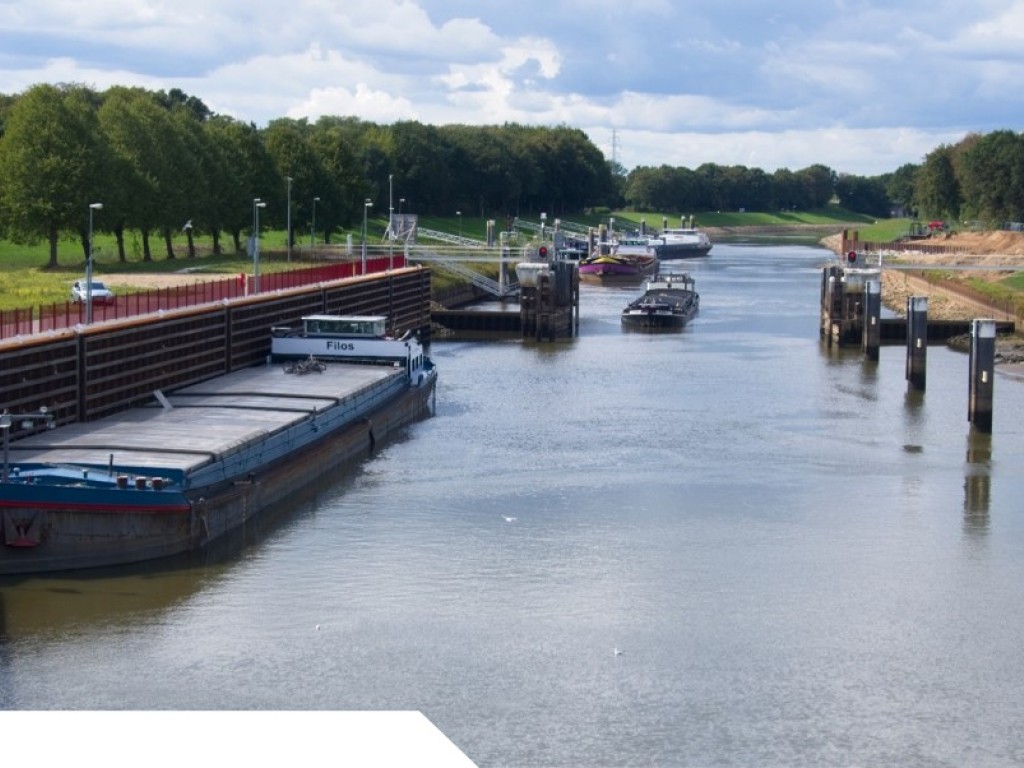Transitioning towards resilient multimodal corridors using digital twinning

The increasing impact of climate change – such as drought, flooding and damage to infrastructure – is putting pressure on the reliability of logistics networks. Multimodal corridors, which depend on water, rail and road, are particularly vulnerable to disruption. If these routes are temporarily unusable, there is a risk of a reverse modal shift: goods will once again be transported en masse by road, with negative consequences for the environment and the efficiency of the network. Changes to physical infrastructure are often slow and costly. It is therefore crucial to develop smarter, resilient logistics systems that can respond flexibly to changes.
The project ‘Transitioning towards resilient multimodal corridors using digital twinning’ (TRIUMPH) is working on a digital environment – a so-called digital twin – that can be used to map, simulate and improve logistics corridors. By using data (such as weather information, logistics planning and real-time sensor data), companies and governments can better anticipate risks. The project focuses on designing practical tools (the “resilience toolbox”) and developing a digital model of a corridor, which partners can use to jointly determine which mode of transport is most suitable at any given time. This creates a climate-proof and flexible system that is better able to cope with unexpected situations.
The TRIUMPH project delivers two concrete innovations:
• A resilience toolbox: a collection of practical strategies and methods that companies and governments can use to make their logistics networks more resilient to disruptions.
• A digital twin of multimodal corridors: a platform that enables real-time decisions to be made about the best transport combinations, depending on the situation.
These solutions are being tested in practice, including in the Twente corridor. In addition, the results are being shared more widely with the sector through workshops, publications and training courses. By making the digital tools more widely applicable, other corridors in the Netherlands and Europe can also benefit.